Freeman relaunches its Trend Lab, an innovation incubator to address challenges of an ever-changing world
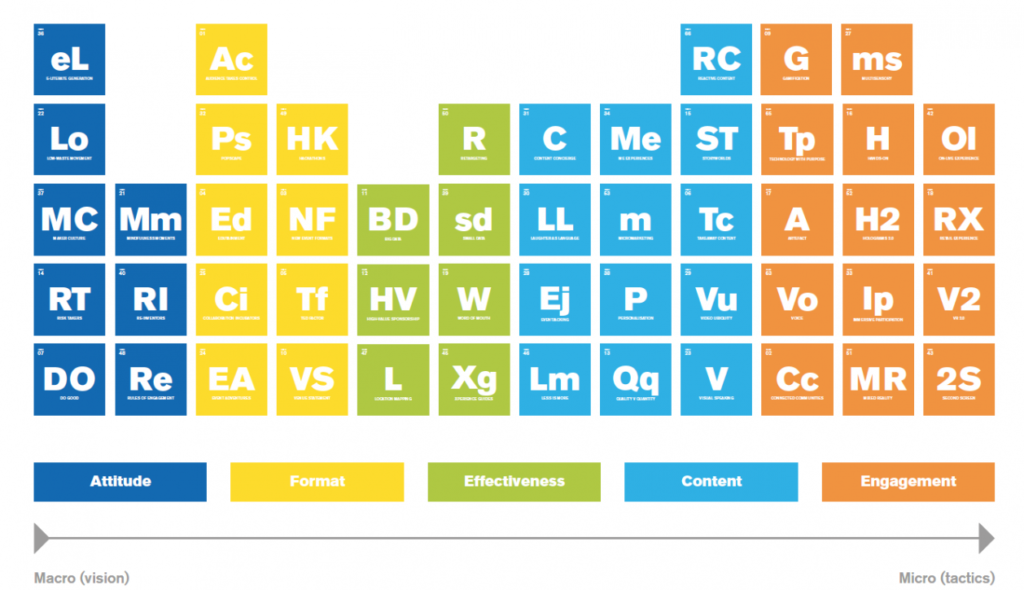
Share news
Listen
What is the Trend Lab? “It’s an innovation incubator for not only the brand experience industry, but for the wider world, too,” says Jordan. The agency has published the equivalent of a periodic table of the trends (remember your physics class?), as an interesting way of communicating and packaging the initiative (see image). They fall under six categories, and are ranked based on their micro to macro applications. “We identify trends, analyse them thoroughly, and apply them to our clients’ projects – it helps the team design solutions that solve their problems”, he adds. Besides the published methodology, FreemanXP organises workshops for renowned global brands.
What are the most relevant trends you would highlight today? “Personalisation is the most important trend; it’s vital that we create relevant experiences for each and every individual.” Technology makes this possible, and the extreme segmentation and desire from customers for personalised experiences combine to make this a profound change in our industry.
He also discussed the rise of the immersive environment: “we are seeing more and more brand houses. A company might not attend an event but instead create its own brand experience space. Creating places for people to connect is essential”. Brand spaces are one of the hottest event formats. You don’t need to explain your product or brand, you just let your audiences experience it.”
Besides the brand experience, you have to work on your storytelling and designing a complete brand identity for your business: “People might have gone to traditional events, but there is now a huge demand for creative-led experiences. Brands need a different kind of narrative,” says Jordan.
The rise of integration and end-to-end communication plans. “In the digital age, the standalone event makes no sense. The event tends to be the starting point for a lot of viralisation and content generation: “you need a physical environment that is interesting and engaging, and it must be complemented with digital. Content is king, and every time we create a really fun experience, people feel compelled to spread it like crazy”.
Growing importance of events. “The traditional ad format is a broadcast media, and marketers are coming to realise that the best advertising is peer-to-peer recommendation, which comes from face-to-face engagements. So we’re seeing advertising agencies buying up live agencies”. This integration suits Jordan’s view of the market: “I am a big fan of transmedia, and the notion than an idea should cascade across all channels. People get their information in different ways, and we need different channels in order to create a memorable story around that message”. That requires consistency in all forms of communication: “Mini does it really well: when you see them, either at motor shows or in their ads, they are true to their DNA”. He adds that “in this day and age, we are media agnostic, and our campaigns should span everything from digital and social to live and print”.
Strategy (killed by the brief?). Jordan places a high level of importance on strategy. “We have offered strategy from day one. You can’t produce great creative if you don’t have a robust strategy to inform it”. He tells us FreemanXP applies design thinking methodologies such as the double diamond. “This helps you break the brief apart, and we invite our clients to join us on that journey”. The traditional days of the closed briefing are (hopefully) gone, making way for a more collaborative approach.
Biometrics? Yes, that is coming: “That technology is getting very close, and it is scary! With this tech you can measure the heartbeat acceleration of people, you can track the dilatation of the pupil of their eye, or you can put up a head gear on some attendees and watch two experiences and measure the difference”, providing an exciting prospect of live measurement in events.
What will have the biggest impact on our industry in the coming five years? Jordan doesn’t doubt: “There is a company called the Void who have created a complete immersive experience. It is mind-blowing. Users simply put goggles on and are literally transported inside a movie. You move around and interact with other people… Experiences like this will be hugely impactful. I think movies will merely be a trailer for such experiences. We will be able to live the whole script of a movie – like Avatar and the Matrix coming together”. Maybe a real change in our DNA that the supposed virtual events have never achieved: getting people not in the same room to live a shared experience???


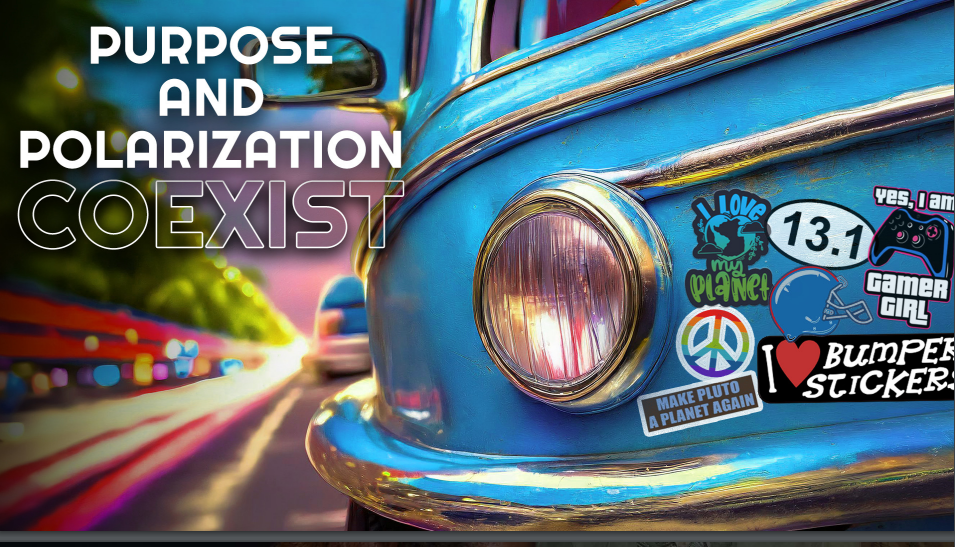
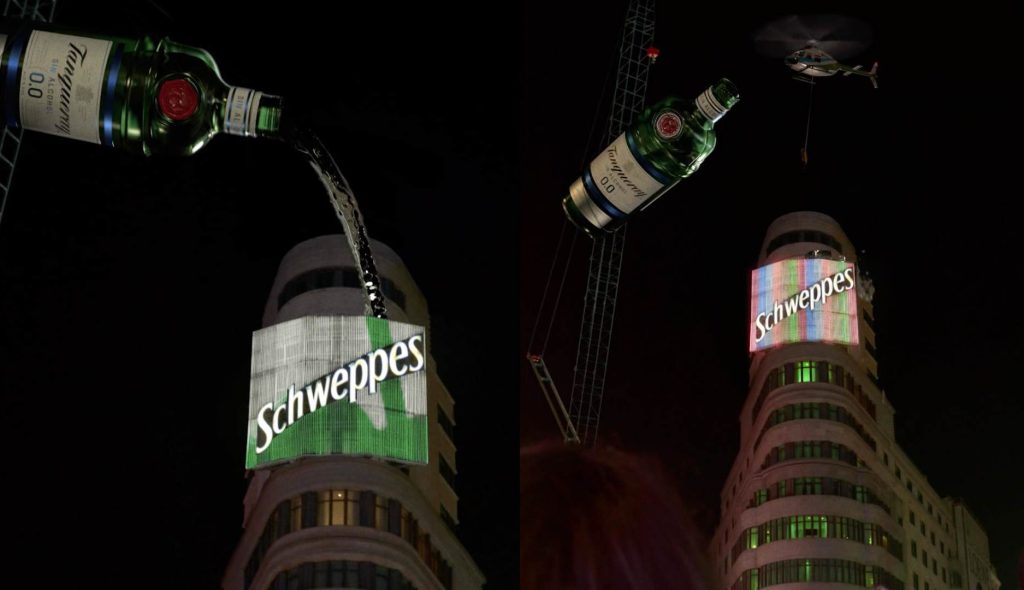
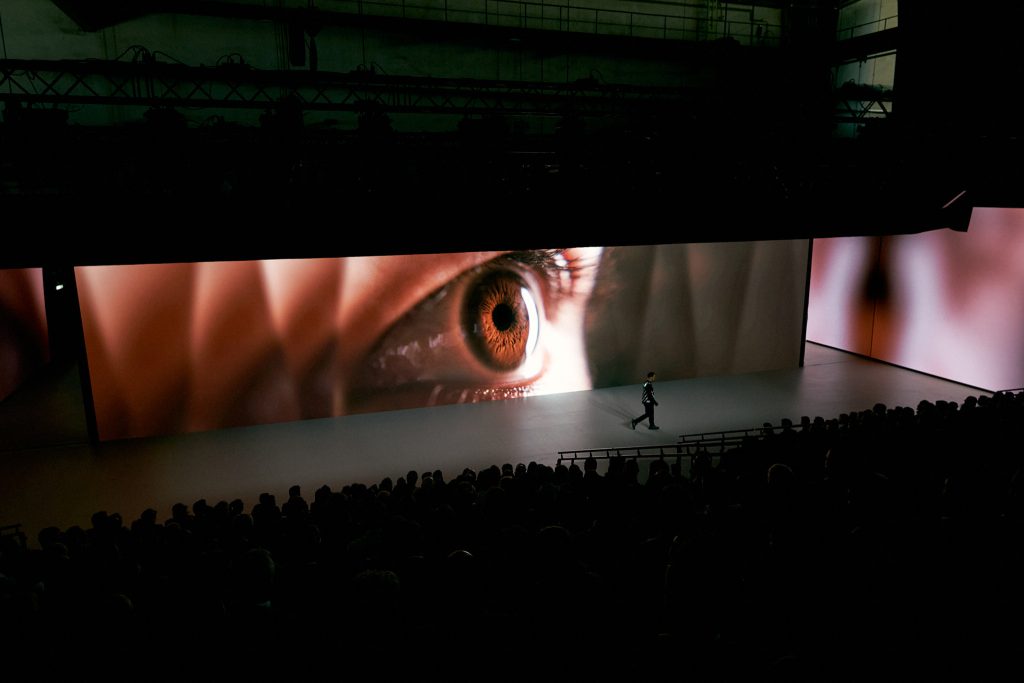
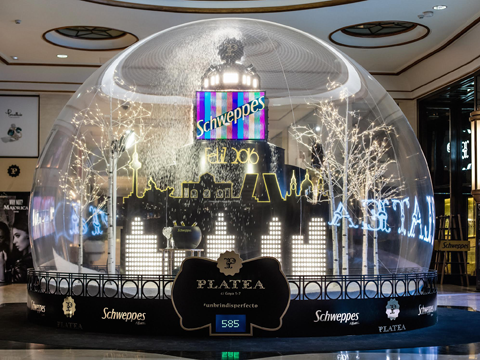
![ABC [eventos] organises the presentation of the new brand lato/b of the Max Mara Group](https://www.eventoplus.com/wp-content/uploads/eventoplus/imgsxml/galerias/noticias/1672/1672.jpg)



